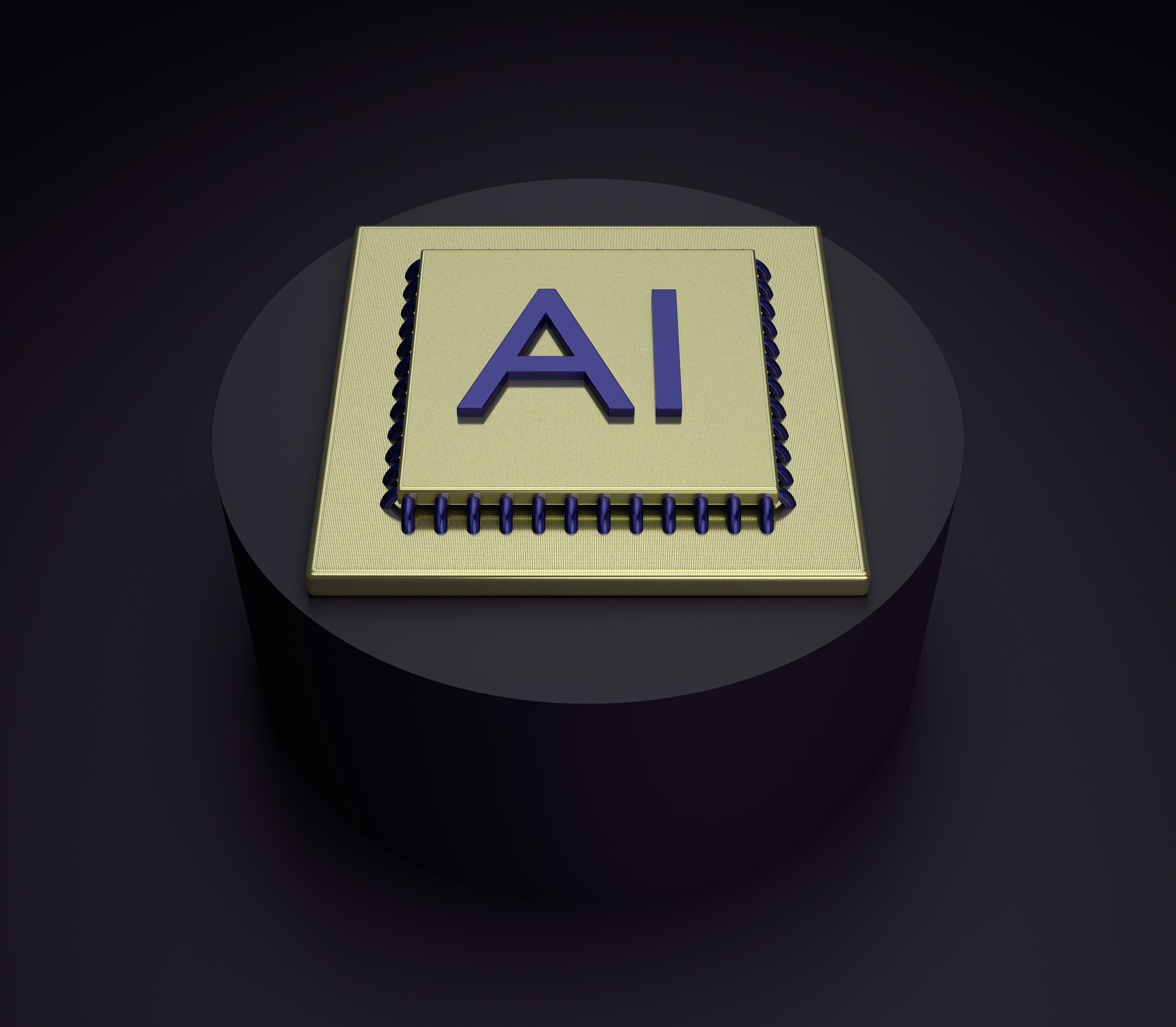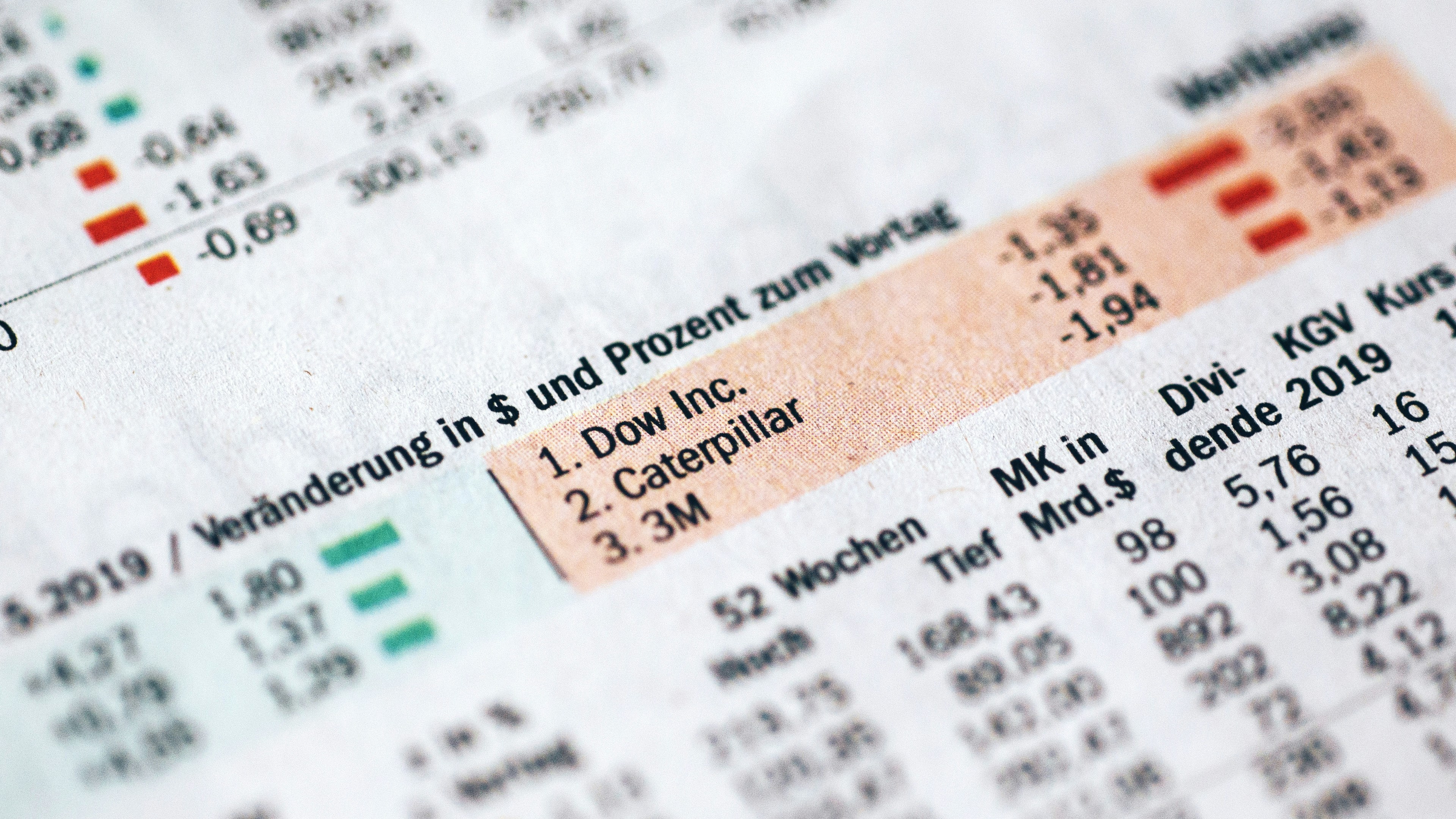Understanding Blockchain Technology
Blockchain technology is a decentralized digital ledger system that allows for the secure recording and sharing of information across a network of computers. At its core, it consists of a chain of blocks, where each block contains a list of transactions. These blocks are linked together through cryptographic hashes, ensuring the integrity of data and making it nearly impossible to alter information once it has been added to the blockchain.
The fundamental aspects of blockchain include decentralization, immutability, and transparency. Decentralization means that no single entity governs the entire system; instead, the control is distributed across multiple participants in the network. This mitigates the risk of centralized failures and corruption, making blockchain a resilient solution for various applications. Immutability refers to the characteristic that once a transaction is recorded on the blockchain, it cannot be changed or deleted. This ensures a reliable and tamper-proof record of data, which is particularly valuable in sectors requiring high-security standards. Transparency is achieved as all participants in the blockchain can view the entire transaction history, promoting trust amongst users.
The historical development of blockchain technology began with the inception of Bitcoin in 2008, created by an anonymous individual or group known as Satoshi Nakamoto. Initially heralded as a method for facilitating digital currency transactions, the underlying technology quickly caught the attention of various industries due to its potential for enhancing data integrity and security. As understanding of blockchain expanded, the technology began to be explored beyond its initial association with cryptocurrencies, indicating its applicability in areas such as supply chain management, healthcare, and identity verification.
By establishing a clearer understanding of blockchain and its properties, stakeholders can better appreciate its significance as a transformative technology across numerous sectors. Moving forward, exploring these diverse applications will illuminate the vast potential blockchain holds in reshaping modern industries.
Supply Chain Management Innovations
Blockchain technology is increasingly becoming a vital component in the evolution of supply chain management. By providing an immutable ledger, blockchain enhances transparency and traceability in the movement of goods. For businesses, this means a more efficient way to monitor products from their origin all the way to end-consumers. One particularly noteworthy application can be seen in the food industry, where companies like Walmart have implemented blockchain solutions to track the journey of food products. For instance, by using blockchain, they can trace the origin of a mango from a specific farm in Mexico to a supermarket shelf in the United States, a process that takes mere seconds compared to traditional methods that could take days or even weeks.
Moreover, the capability of blockchain to prevent fraud cannot be overlooked. By ensuring that each transaction is securely recorded and easily verifiable, companies can significantly reduce instances of counterfeit products. An illustrative example can be found in the luxury goods sector, where brands like LVMH are leveraging blockchain to authenticate products. This innovation not only safeguards the brand’s reputation but also instills consumer confidence in the authenticity of their purchases.
Additionally, compliance and regulatory adherence benefit immensely from blockchain’s distinctive features. The technology allows for real-time visibility and monitoring of compliance standards across all points in the supply chain. For example, pharmaceutical companies can utilize blockchain for tracking the movement of drugs, ensuring they meet safety regulations while also tracking any recall processes efficiently.
The introduction of smart contracts further enhances supply chain operations. Automating various agreements and processes through these contracts can lead to quicker transactions, cost savings, and reduced human error. By fostering trust and collaboration among supply chain partners, blockchain is proving indispensable, facilitating a revolution not only in efficiency but also in the strategic relationships formed within supply chains.
Healthcare Applications of Blockchain
Blockchain technology has emerged as a revolutionary force in various sectors, and its impact on the healthcare industry is particularly noteworthy. One of the most compelling applications of blockchain in healthcare is the secure management of patient records. Traditional systems often face challenges related to data breaches and unauthorized access, but blockchain’s decentralized nature ensures that patient data is encrypted and stored securely. This not only enhances patient privacy but also provides healthcare professionals with a reliable, tamper-proof record of patient history that can be accessed in real time.
Moreover, blockchain facilitates simplified data sharing among healthcare providers, enhancing the interoperability of healthcare systems. In a scenario where multiple providers are involved in a patient’s care, blockchain allows for seamless sharing of pertinent data, thus eliminating redundancy and minimizing errors. For instance, hospitals and clinics can access patients’ medical histories through a single, secure platform, leading to more informed decision-making and improved patient outcomes. This kind of data interoperability is crucial for timely interventions and coordinating care, especially in emergency situations.
Extended applications of blockchain in healthcare also include drug traceability and clinical trials. The movement of pharmaceuticals can be securely tracked from manufacturer to consumer, decreasing the risk of counterfeit drugs entering the market. Blockchain’s immutable ledger enables real-time monitoring, ensuring compliance with regulations and enhancing patient safety. Additionally, in clinical trials, blockchain can maintain accurate data management, ensuring that trial results are credible and easily verifiable. This not only bolsters the integrity of research but also fosters trust among stakeholders.
In conclusion, the integration of blockchain technology within the healthcare sector presents numerous advantages, including heightened security, streamlined operations, and enhanced patient care. With ongoing advancements, the potential for blockchain to transform healthcare continues to unfold, marking a significant leap towards more efficient healthcare delivery systems.
Blockchain in Voting Systems and Governance
Blockchain technology has emerged as a potential revolutionizing factor in voting systems and governance, enhancing the democratic processes by ensuring security, transparency, and integrity. One of the primary advantages of utilizing blockchain in elections is its ability to prevent fraud and malfeasance. Traditional voting systems are often vulnerable to manipulation, but the decentralized nature of blockchain mitigates these risks. Each vote can be represented as a unique transaction recorded on a public ledger, which is immutable and resistant to tampering. This process creates a verifiable and trustable trail of votes, empowering citizens to have confidence in the electoral system.
Moreover, blockchain can significantly contribute to increasing voter turnout. By offering remote voting options through secure blockchain platforms, eligible voters can participate in elections from anywhere, eliminating geographical and logistical barriers. This accessibility could encourage higher engagement, particularly among marginalized or hard-to-reach populations. The integration of biometric identification with blockchain can further enhance the legitimacy of voter identities, ensuring that each individual has the opportunity to cast their vote legitimately.
Several pilot projects around the globe are already testing blockchain applications in voting. For instance, initiatives in Estonia have set a precedent for digital democracy, where citizens can vote securely online using blockchain-based systems. Similarly, Utah County in the United States has conducted trials utilizing blockchain technology for overseas voters, allowing them to cast their ballots remotely with confidence in security and privacy. Despite these positive advancements, challenges such as technological disparities, legal implications, and public trust remain to be addressed to ensure widespread adoption.
In summary, while the application of blockchain in voting systems presents numerous benefits, it also necessitates careful consideration of its challenges to realize its full potential in enhancing governance and democratic participation.








